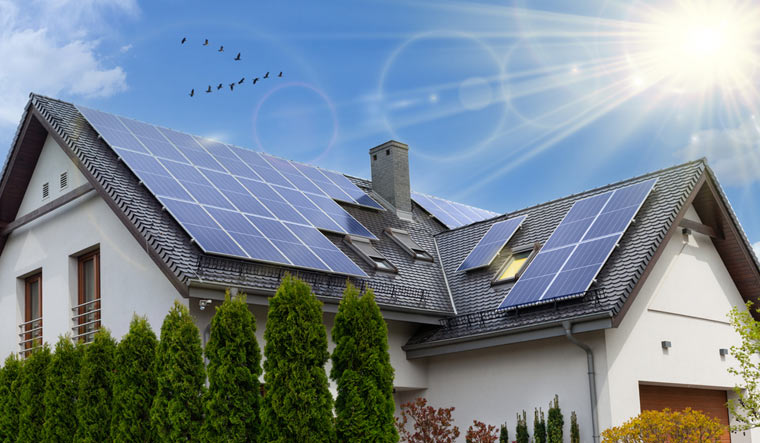A green push through a “hybrid strategy” is the plan forward to achieve the net zero target by 2070. The announcements made by the finance minister Nirmala Sitharaman for sustainable development underscores “green growth” through multi-sectoral targeted interventions. Harnessing wind energy, coal gasification, rooftop solarization, promoting bio-manufacturing & bio-foundry, blending compressed biogas, financial assistance to procure biomass aggregation and strengthening e-vehicle ecosystem are the major takeaways from the budget announcements.
Says Swasti Raizada, policy advisor, international institute for sustainable development (IISD), “In anticipation of surging energy demands, the interim budget adopts a hybrid strategy to bolster various energy sources, encompassing both fossil fuels and clean energy. While maintaining this balance, the government prioritizes clean energy adoption on the consumption side evident through incentives for solar rooftops and strengthening EV charging infrastructure.”
Responding to the finance minister’s announcement of funding the viability gap for harnessing offshore wind energy potential for initial capacity of one giga-watt, Raizada adds, “This initiative is poised to bolster the government's ambitious goal of installing 500 GW of non-fossil power, with an anticipated 130 GW to be generated through offshore wind sources.”
Setting up of 100 MT coal gasification and liquefaction capacity by 2030, phased mandatory blending of compressed biogas in compressed natural gas (CNG) for transport and piped natural gas (PNG) for domestic purposes and new schemes for bio-foundry are also seen by the experts as positive steps in bolstering green energy and promoting circular economy. Says Arti Khosla, director, climate trends, “The FM’s speech indicates strong intent towards building a net zero green economy and lays a clear path for what to expect from the full budget. Measures like promoting bio-manufacturing and bio-foundry to provide environment-friendly alternatives such as biodegradable polymers, bio-plastics, bio-pharmaceuticals and bio-agri-inputs can drive a progressive circular economy clearly setting an example for the world.” The decision to provide financial assistance for procurement of biomass aggregation is also likely to encourage farmers to participate in the bioenergy supply chain.
The budget’s solarization push through rooftop installations will enable “muft bijli” up to 300 units to one crore households every month and will result in savings up to Rs. 15000-18000 annually. The surplus can be sold to distribution companies. Says Khosla, “Such incentivisation will not only generate income but add up to put India in a strong position of climate leadership ahead of COP33 which Prime Minister Modi committed to host in Dubai last year.”
Adoption of effuses for public transport network and strenthening e-vehicle ecosystem by supporting manufacturing and charging are welcome steps to accelerate the adoption of EVs across the country, reducing greenhouse gas emissions from the transport sector. “The interim budget, not so surprisingly, fell short of any big announcements. But, we do hope that the July budget has more capital outlay and tax concessions for domestic manufacturing of battery storage, electrolysers and other components for decarbonising various sectors, along with more support for EVs for public and freight vehicles,” says Vibhuti Garg, director, South Asia, institute for energy economics and financial analysis. “The budget iterates that a suitable financial architecture will be created for ‘sustainable economic growth’, which sends strong signals of intent towards transitioning into a green economy,” believes Dhruba Purkayastha, India director, climate policy initiative.



